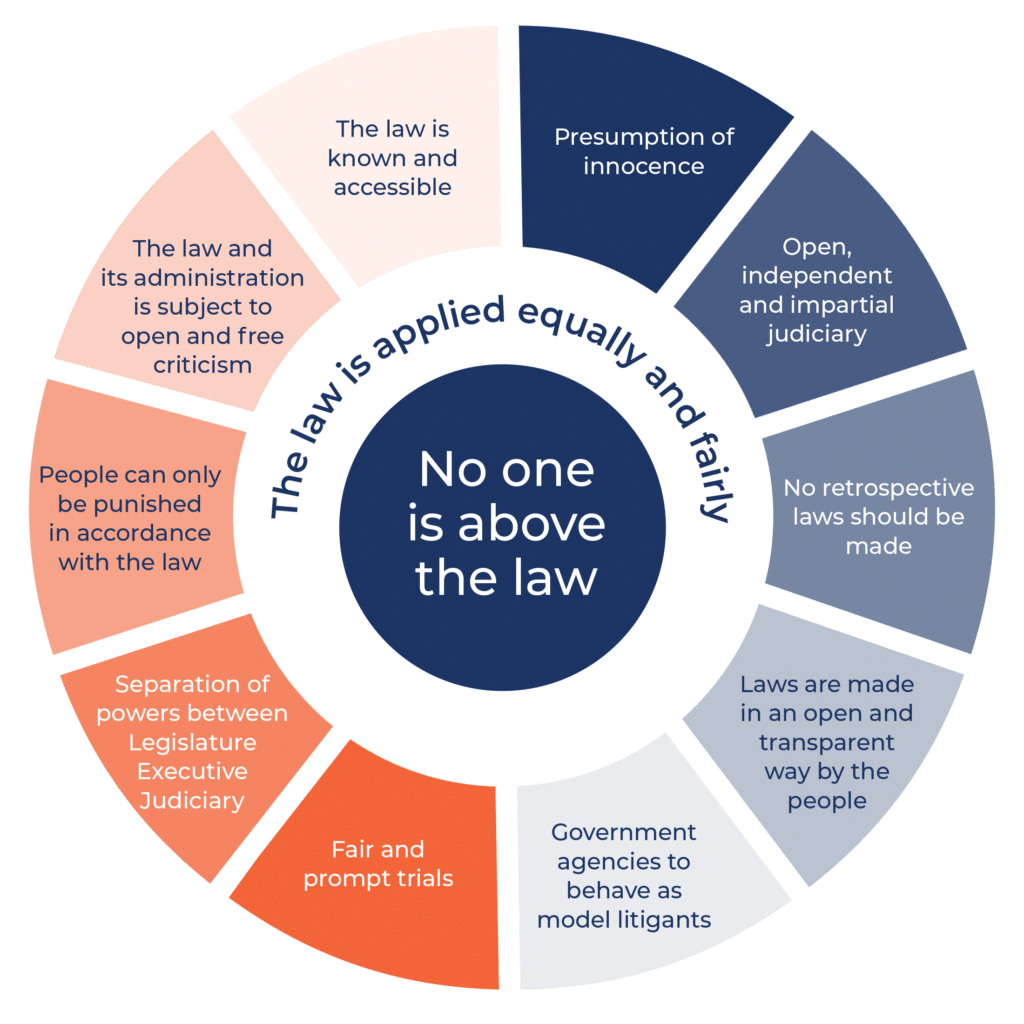Today marks the 50th anniversary of the adoption of the International Covenant on Civil and Political Rights (ICCPR) and the International Covenant on Economic, Social, and Cultural Rights (ICESCR). Together with the Universal Declaration of Human Rights and the two Optional Protocols to the ICCPR, these Covenants are known as the International Bill of Rights.
The adoption of the Covenants, however, is just one part of their story.
After the war
After the Second World War, the international community made a conscious decision to turn away from the arbitrariness that had appeared to characterise earlier eras of international relations, and avoid the outbreak of a third world-consuming conflict in as many generations.
They put much of their efforts into drafting the UN Charter, which would provide the machinery and processes through which international relations would function after the war. One of the intentions behind the United Nations was
To reaffirm faith in fundamental human rights, in the dignity and worth of the human person, [and] in the equal rights of men and women of nations large and small.
As part of this, one of first acts of the UN General Assembly was to proclaim the Universal Declaration of Human Rights in December 1948. This document was aspirational, but remained legally unenforceable.
Soon after, therefore, work began on drafting an international treaty that would place legal obligations on nations to respect and promote human rights. However, political differences between Soviet-aligned and American-aligned nations meant that so-called ‘civil and political rights’ (such as the right to liberty and security of the person, freedom of movement, and freedom of speech) and ‘economic, social, and cultural rights’ (such as the right to work, the right to health, and the right to education) were divided into two separate treaties.
The treaties were stalled over these differences for some years. The first drafts of them were provided to the UN in 1954, but it took a further 12 years of negotiation to get them adopted. At the same time, an ‘optional protocol’ to the ICCPR – establishing a formal complaints mechanism – was adopted.
Adoption and coming into force
The treaties were finally ‘adopted’ by the UN General Assembly on 16 December 1966. This means that the General Assembly passed a resolution confirming the wording of the treaties and formally opening them for signature, ratification, or accession by individual nations.
However, the treaties were not yet legally binding.
It is a common with multilateral treaties for there to be conditions placed in the treaty that say it shall not be legally enforceable on countries until a certain number of countries sign up to the treaty. Of course, there is nothing to prevent countries from behaving as if the treaty were already legally enforceable, but it provides some level of protection for countries that they will not be held legally accountable to standards that nobody else in the world has signed up to.
Article 49 of the ICCPR says:
The present Covenant shall enter into force three months after the date of the deposit with the Secretary-General of the United Nations of the thirty-fifth instrument of ratification or instrument of accession.
Article 27 of the ICESCR says the same thing.
This means that the treaties only came into force when 35 countries agreed to be legally bound by them. Although today there are 168 parties to the ICCPR, and 164 parties to the ICESCR, it took a long time for those numbers to accrue.
The treaties were adopted in December 1966, but they did not enter into force until January (ICESCR) and March (ICCPR) of 1976.
The Covenants and the rule of law
The connection between human rights and the rule of law is not as clear as some scholars or commentators would like it to be.
For a start, human rights laws are not always necessary to the rule of law. Australia, with its notable dearth of federal human rights protections, nevertheless lays good claim to be a society governed – albeit sometimes fitfully – by the rule of law.
Nor, where human rights laws are implemented, are they always sufficient for the rule of law. The exemplary human rights protections of the North Korean constitution would seem adequate evidence of that.
Nevertheless, there are important links between the two concepts, and the two Covenants provide examples of that. They are notable for three main reasons.
First, they, and the other human rights treaties that have come after them, provide evidence – however weak the cynics may deem it to be – that equality before the law is now an incontestably critical part of international legal and political discourse. Gone are the days when the dignity and worth of individuals was openly and earnestly believed to be tied to their race, sex, gender, religion, class, or any other denominator. Of course, discrimination still persists, but the Covenants are a move in the right direction.
Secondly, the Covenants and their optional protocols provide forums for citizens to seek recognition of their rights in the face of government action. They bring a measure of publicity and empowerment to individuals struggling against oppressive governments.
Thirdly, the Covenants crystallise which human rights people are entitled to, and provide a starting-point for discussion on which human rights people should be entitled to.
Sir George Rich, the former High Court Justice, once spoke of the differences between the “lofty clouds whence constitutional precepts are fulminated” and the “sordid intercourse of human affairs”, and the difficulties caused when lofty precepts are brought down to human level.
The Covenants are an attempt to do exactly that. The sweeping statements of the UDHR are inspiring – as they are meant to be – but the world needs more workmanlike explanations of human rights in order to effectively combat the exercise of arbitrary power. The Covenants, and the principles and case law generated in their interpretation, go some distance towards filling that gap, and bring human rights protections down from the ‘lofty clouds’ into actual human experience. For this alone, they are an important addition to, and protection of, the rule of law at an international level.
— William Shrubb


